Electrical maintenance engineer faces many challenges in the pursuit of keeping the production line up and running, and because there are a lot of variables that affect the health of an industrial process, and any one of these variables could go wrong at any time, that make troubles and downtime for any industrial facility is an inevitable thing.
A maintenance engineer should keep an eye out for all things that could go wrong and cause trouble for the production line.
In this article, we will talk about one of the biggest challenges facing an electrical maintenance engineer. This challenge is Overheating.
Contents:
- What is overheating?
- Causes of overheating.
- Real cases of overheating lead to troubles.
- How to avoid overheating of components?
What is Overheating?
Operating electrical equipment like motors, drives, circuit breakers, and other electrical components will usually generate heat due to applied voltage and drawn currents in these components. Usually, electrical components are designed to withstand a certain heat level depending on the operating requirements of these parts.
Also, a proper cooling method is usually provided with this component like cooling fans in Motors, or at least some guidelines on how to better protect it against heat, like the recommendation of setting different electrical components inside an electric panel.
Though there are a lot of protection methods designed to reduce the heating of electric components, overheating is a very common trouble facing a maintenance engineer,
Almost any problem with an electrical component or even mechanical part of the industrial process can be traced back to overheating as the main cause or at least one of the causes leading to that trouble.
Common Causes of Overheating
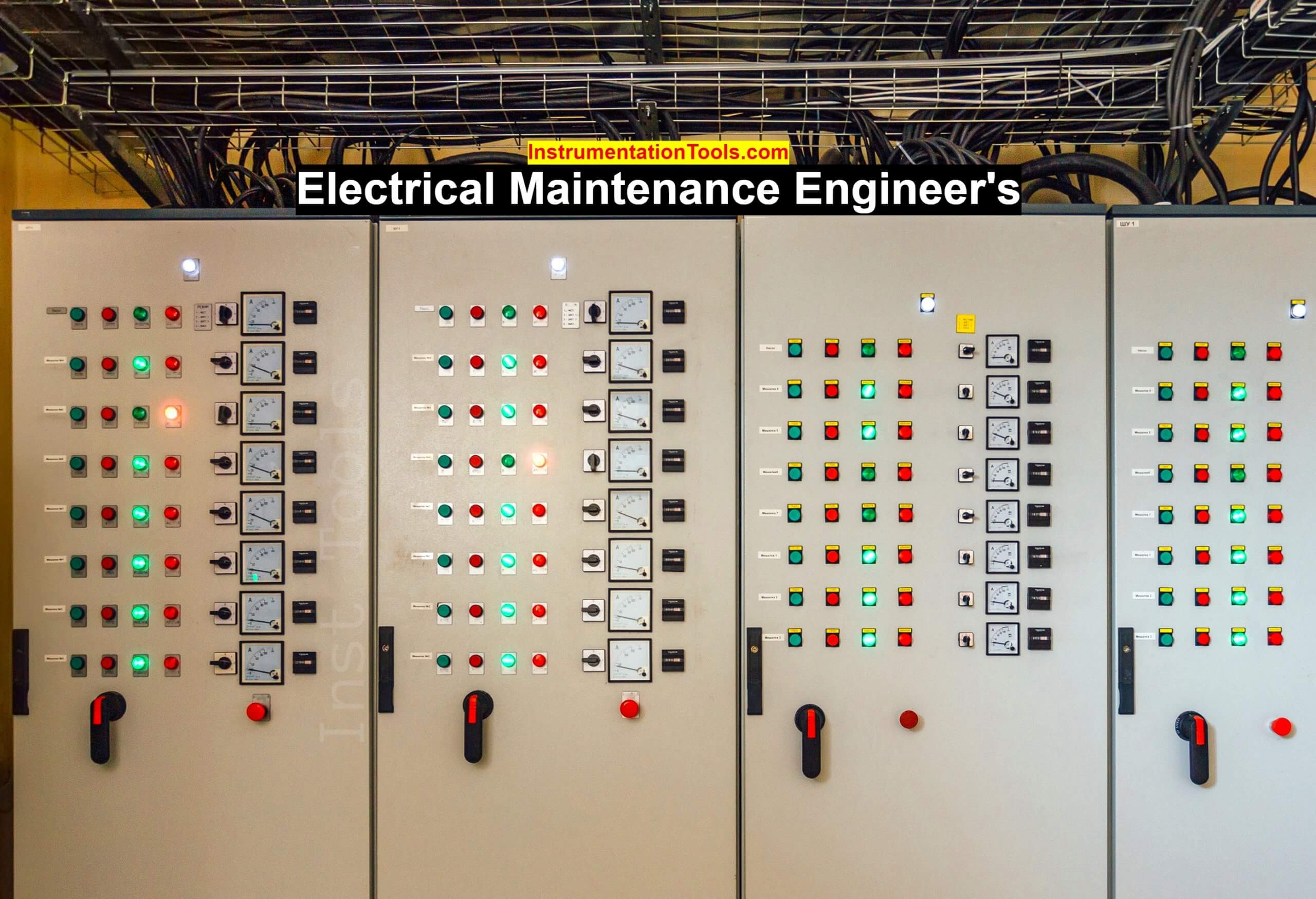
Some of the most common reasons for overheating of electrical components are mentioned below.
- Wrong component selection
- Wrong voltage supply
- Poor surrounding environment
- Improper use
- Lack of ventilation
Wrong Component Selection
Electric components are usually designed to come in a wide range of sizes, to cope with different performance requirements, if components like motors, drives, and Circuit breakers are too small for the performance level needed for your application, they will not be able to handle the excessive workload leading to overheating to your parts.
Wrong Voltage Supply
If the applied voltage is less than needed, your motor or drive will try to work harder to manage the workload given by the process.
And if the voltage is higher than needed, then your component will draw higher currents than it can handle leading also to overheating.
Poor Surrounding Environment
The electrical component needs room to breathe, meaning to be able to dissipate the heat produced during working, if your machine’s surrounding is hot, it will give your electrical parts a hard time cooling down or dissipating that heat leading to overheating.
Improper Use
Some electrical motors are designed to run consistently, while others are intended for intermittent duty, so if you’re not using your motor for its specific design,
Your motor will not be able to properly cool down and it will cause overheating.
Another example of improper use is using a contactor instead of an SSR when controlling the heating of a certain application, SSRs are more suitable for
High switching frequencies, whereas the contactor will probably suffer from overheating.
Lack of Ventilation
If there is something blocking the ventilation pathways of your component or maybe the cooling fans are defective, this could also lead to overheating if not monitored and properly dealt with.
As you can see, a lot of factors can lead to overheating, keeping in mind that Damage caused by overheating is usually irreversible; the only way to repair it is to replace some components.
Real Cases of Overheating Lead to Troubles
Some of the real-time problems in industries faced by electrical engineers are shared below.
Improper Position of the Protection Fuse Led to Consistent Production Stops
There was a repeated failure for some fuses installed on the production line, causing the line to stop every now and then, what was strange is that in the facility there are two identical production lines, one of them never faced this fuse failure and the other line keeps shutting down because of this fuse failure.
After some investigation, we found out that in the 1st line, this fuse was installed inside the MCC room where it is sufficiently cooled using an A.C. unit, on the other hand in the 2nd line the fuse was installed on the field where the surrounding temperature was very high.
After these fuses were transferred to the inside of the MCC room, this trouble never happen again.
This is a good example of how the surrounding environment can be very crucial for your component’s health.
A Repeated Failure of Safety Relays
Another trouble that we faced and caused a lot of production downtime was the repeated failures of a group of safety relays, there was no clear reason why this part would fail, and they were installed inside an electric panel with proper ventilation, but they kept failing and causing production to stop.
After investigation we found that the reason was there was no separation between the relies, they were stacked next to each other without any room to dissipate the heat generated from each relay, and even though the panel was properly cooled, overheating in some relays caused it to fail.
How to Avoid Overheating of Electrical Components?
Protecting your electrical and electronic components against overheating should be taken into consideration even before you actually buy them after you bought your components, and during their operation, as explained below.
Before buying the component
Ensure that you’re buying the right electrical component for your application, and check that size, voltage and performance are all suited for what you need.
After buying the component
After you have chosen the right part for your process, make sure to install it in a suitable place. Keep it away from other sources of heat, give it plenty of space, and make sure that the ventilation is proper.
During the component operation
Consistently monitor the temperature and performance of your components, observe any signs of overheating, and ensure proper use of your component.
Conclusion
- Overheating of components is a huge problem facing maintenance engineers of any industrial process.
- There are many factors that could cause overheating of an electrical component.
- Even if the main reason for the failure of a component is not overheating, you can trace overheating back to being one of the main causes.
- Protecting your components against Overheating should start at the design step, to ensure suitable parts are using used for your application.
- You should monitor the temperature of your components all the time and make sure to take proper action when you start realizing overheating patterns.
If you liked this article, then please subscribe to our YouTube Channel for Electrical, Electronics, Instrumentation, PLC, and SCADA video tutorials.
You can also follow us on Facebook and Twitter to receive daily updates.
Read Next:
- What is a Buchholz Relay?
- Importance of Neutral Wire
- Induction Motor Problems
- Cables between VFD & Motor
- What is a Current Transformer?
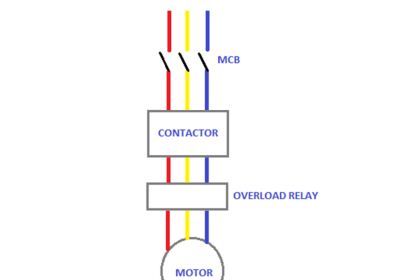
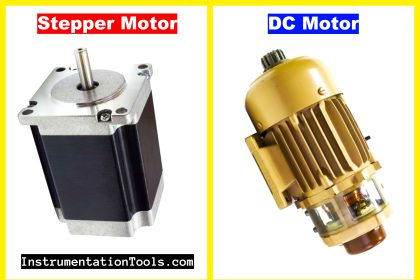
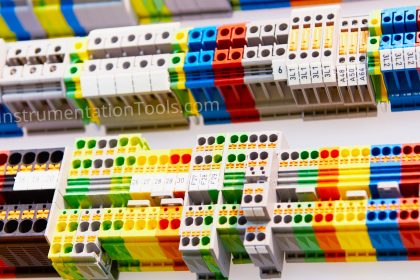
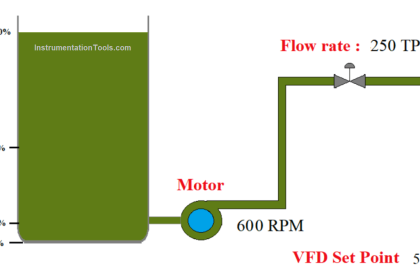
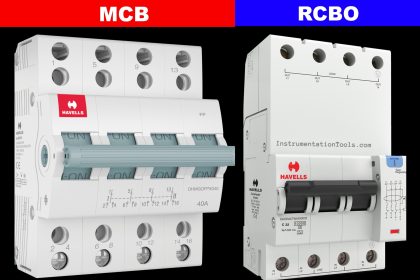
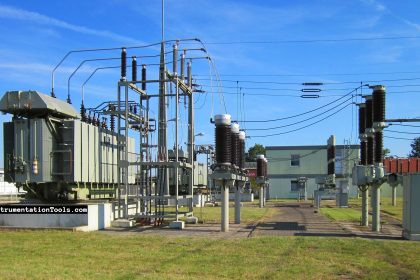

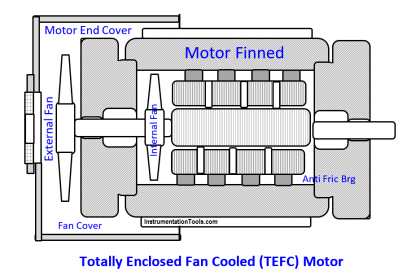
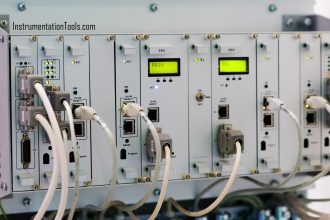


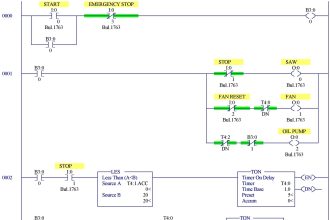
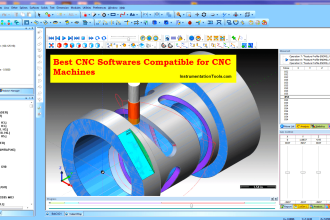




Some good points, thank you.
There is another very common cause of electrical components/equipment overheating and this is poor or loose connections. These cause arcing and a rapid rise in temperature. Every shutdown/turnaround, I had junior staff inspecting all terminal blocks and the tightening of all terminals as a prime maintenance activity. This was over and above the normal checks done during the crushing season ( Sugar Industry),